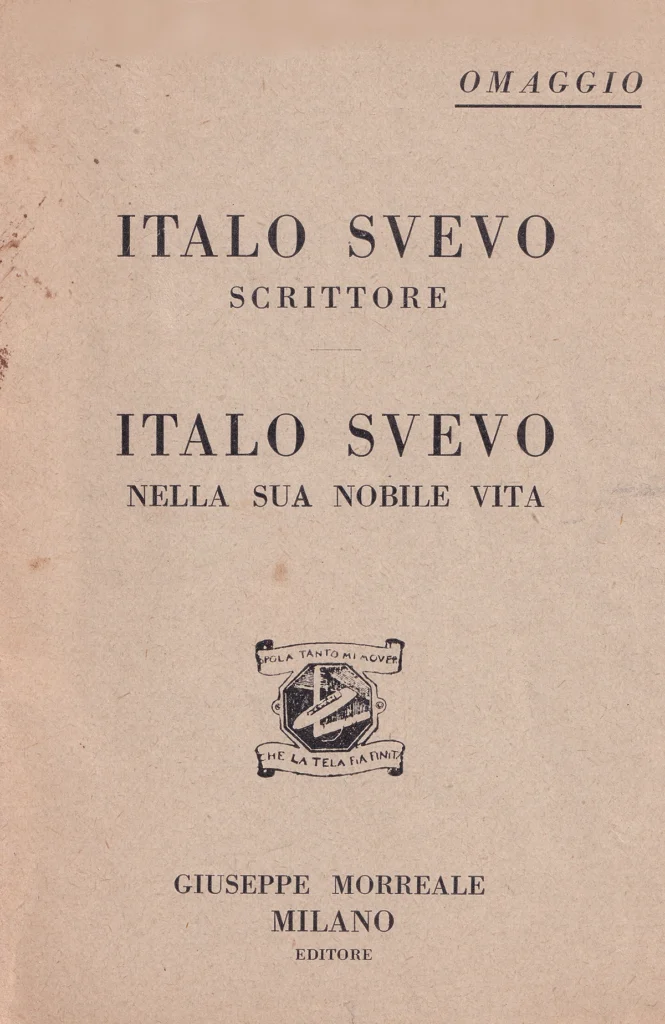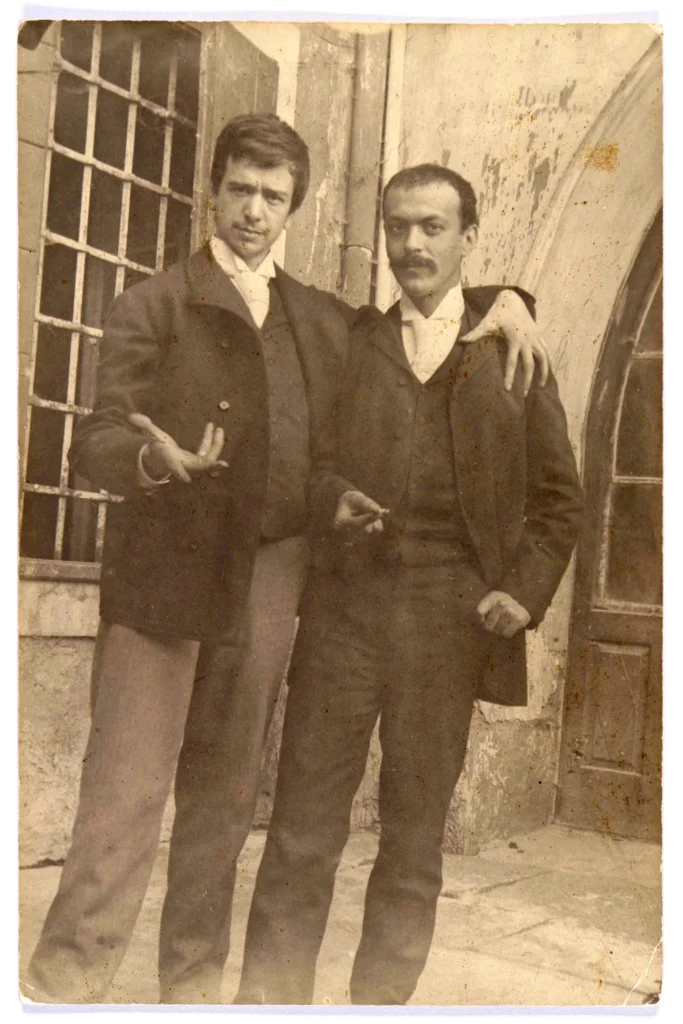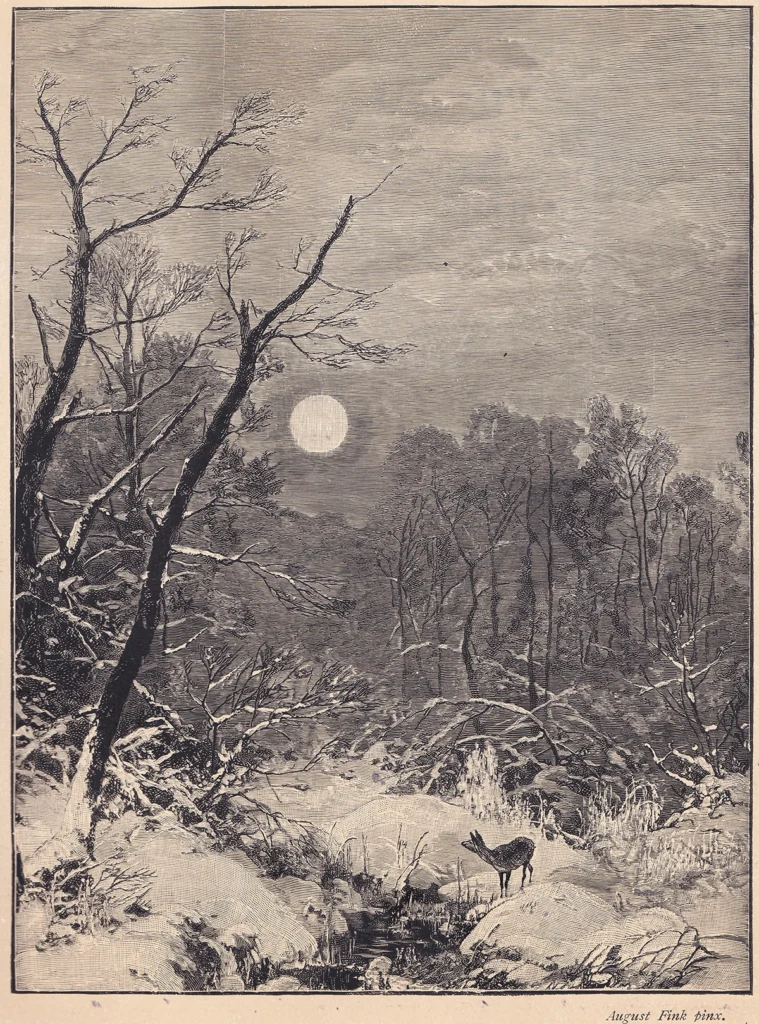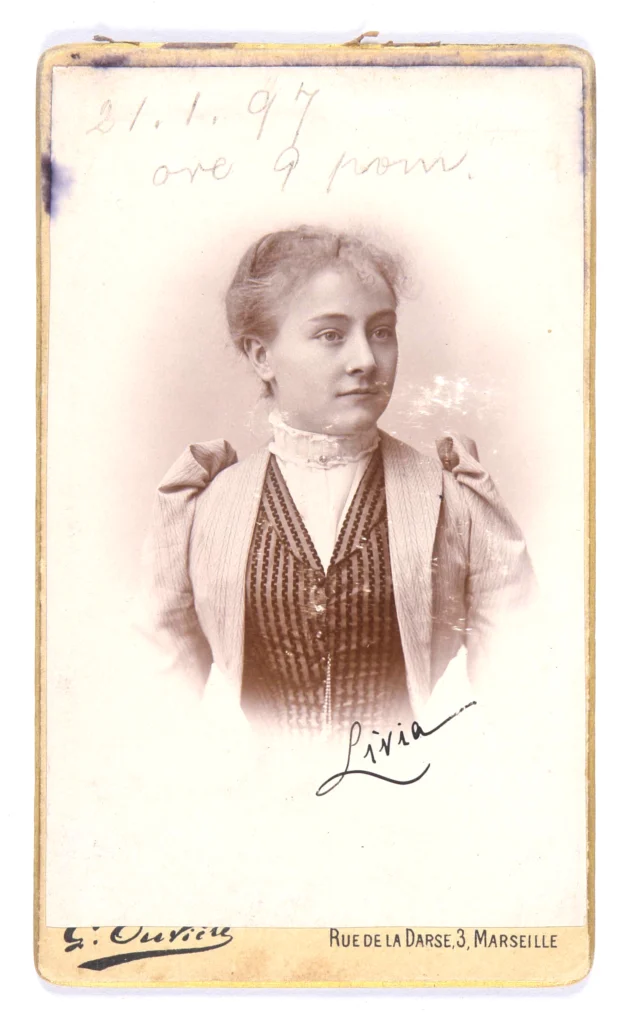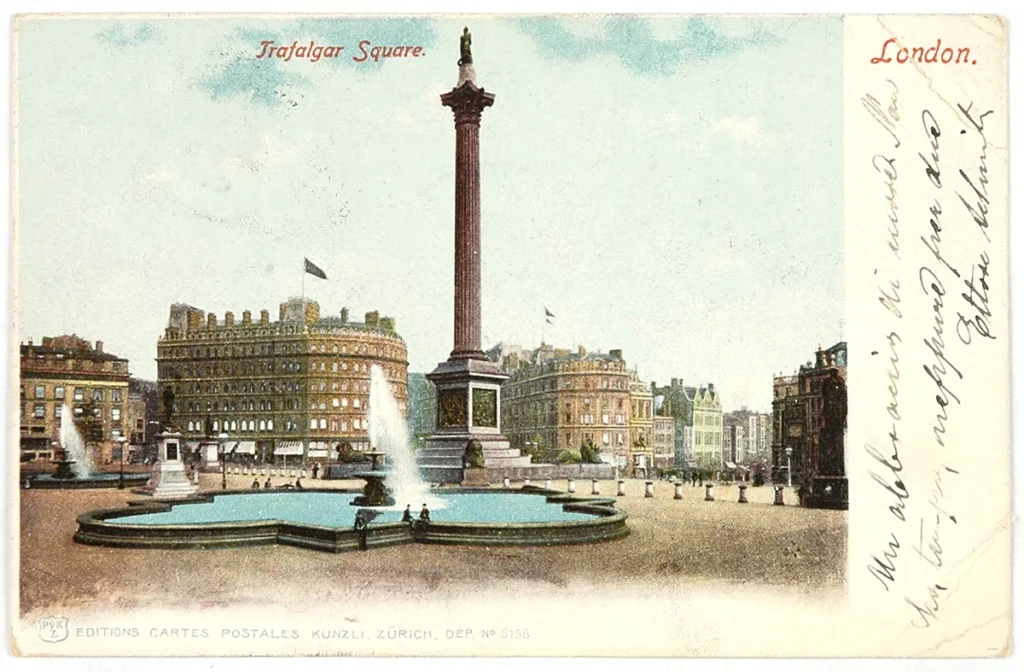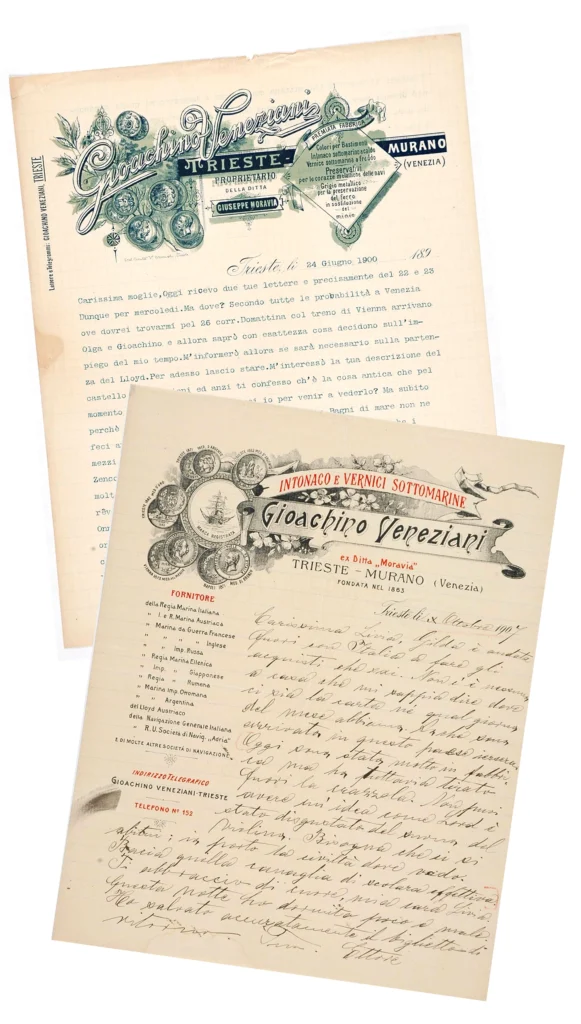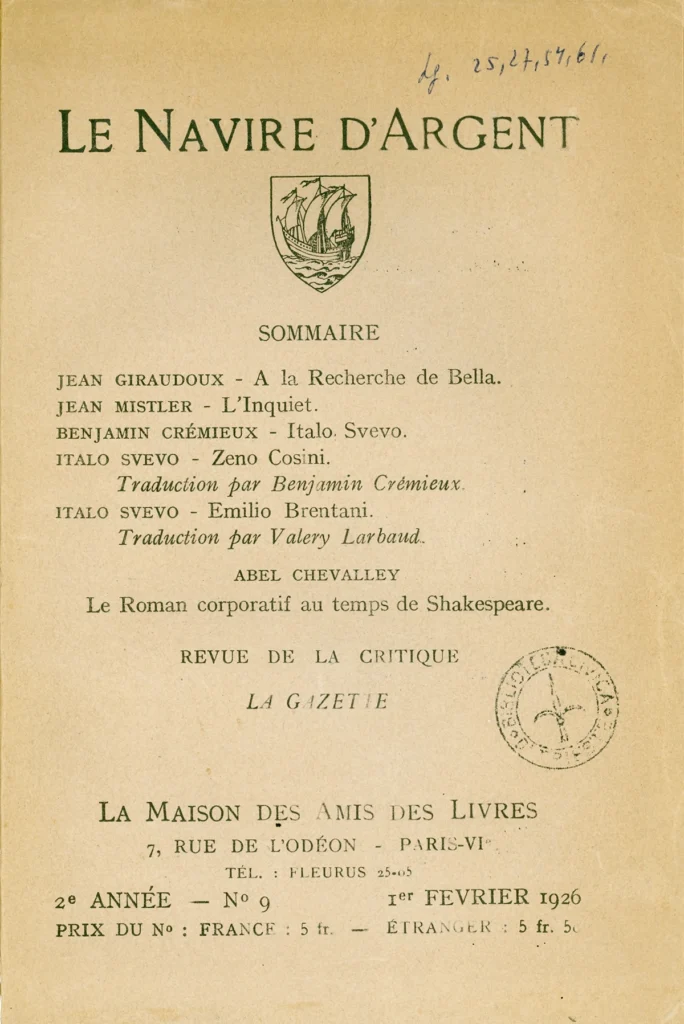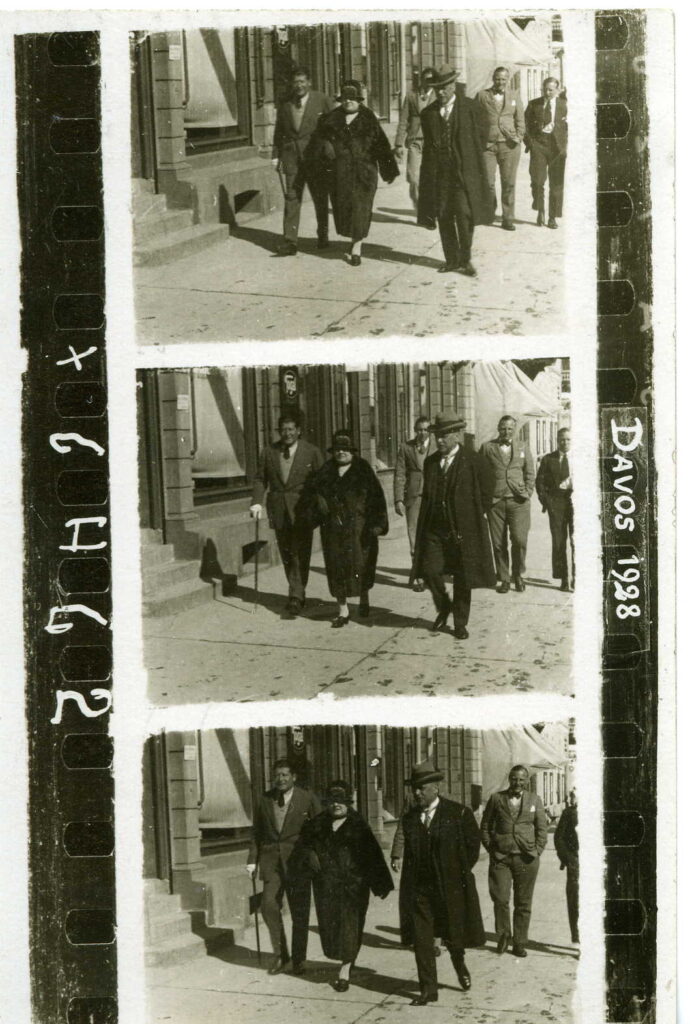1861
1874
A very happy childhood
This is how Svevo defines his early years in the Profilo autobiografico (Autobiographical Profile), a curious account of his life, first written by a friend, the journalist Giulio Cesari, and then revised by Svevo himself.
He was born on 19th December 1861 in a house in the commercial district, but the family soon moved to via dell’Acquedotto (today’s viale XX settembre), the street of cinemas, theatres and cafés, where his father, Francesco Schmitz, a glass merchant, and their mother Allegra Moravia raised the eight Schmitz siblings in a climate that was also described as generally serene by Elio, Ettore’s younger brother, his first admirer and biographer.
1874
1878
He came up with the idea of becoming a writer
Elio’s Diary, in addition to reconstructing the family story, represents an irreplaceable source of information on the period that the Schmitz brothers spent at the technical-commercial college in Segnitz, Bavaria, where the young Svevo discovered his passion for the theatre, his first and never forgotten love, and for literature, marked by his brother’s note «he came up with the idea of becoming a writer». The filter of the German language and culture not only directed his readings – Goethe, Schiller, Heine, Richter and Schopenhauer – but gave a character to his personality, later integrated by the contributions of Italian literature, and thus cementing the double soul of “Italo Svevo”.
Italo Svevo portrayed by his friend Umberto Veruda with the drafts of Una vita (A Life) under his arm, 1892
MS – Fondo fotografico
1878
1893
A comfortable bohemian
Upon returning from Segnitz, due to his father’s financial difficulties, Svevo was forced to work at the Banca Union. In his free time he attended the Revoltella High School of Commerce, where he was later employed as a teacher, writing his first articles for “L’Indipendente”, frequenting the artistic and intellectual circles of the city and becoming friends with the painter Umberto Veruda .
His work on the foreign desk at the bank became the setting for his first novel, Una vita, (A Life) published in Trieste by the publisher Vram at the end of 1892 (but with the date 1893).
1893
1901
An early Senility
The relationship with Veruda, was one of the elements on which the second Svevo novel, Senilità (Senility, printed in English with the title As a Man Grows Older), published in 1898, was based. At the heart of the story stood the relationship of the protagonist, the bourgeois Emilio Brentani, with a cheerful but lower class girl, Angiolina Zarri.
The story of love and jealousy was inspired by Svevo’s relationship with a certain Giuseppina Zergol, but also closely recalled some traits of his engagement to his cousin Livia Veneziani, the niece of Peppi Moravia, brother of Svevo’s mother Allegra. Following his marriage to Livia in 1896, from which his daughter Letizia was born, Svevo entered the family paint company where he would work for the rest of his life.
The Schmitz family on 30 July 1900, the wedding anniversary of Livia and Hector >
MS – Fondo fotografico
1902
1918
The merchant of paint and the merchant of gerunds
The failure of Senilità, which replicated the resounding silence that had greeted Una vita, and new work commitments led Svevo to a progressive distancing from literature as a career, a “ridiculous and harmful thing”, but also intoduced him to new experiences. The continuous business trips to the company’s offices in Murano and, above all, to London, offered him new cultural contributions. In Trieste he meets the writer in exile James Joyce, an English teacher, and, therefore, a ‘merchant of
gerunds’ according to Svevo’s definition, with whom he established a long-lasting and profitable relationship that continued until the outbreak of war, when the Irishman moved away to take refuge in Zurich.
1919
1925
The years of Zeno
During the war Svevo and his wife remained alone in the large villa to manage the factory which the Austrian authorities ended up closing. In this period, the many contributions that Svevo had received in previous years matured, not least that with the psychoanalysis of Sigmund Freud, who for a period had his brother-in-law Bruno Veneziani as a patient. After the handover of Trieste to Italy, La Coscienza di Zeno (Zeno’s Conscience) began to take shape. Published in 1923, the work, after a painfully difficult start, was destined to finally accord Svevo the rightful recognition of his artistic merits.
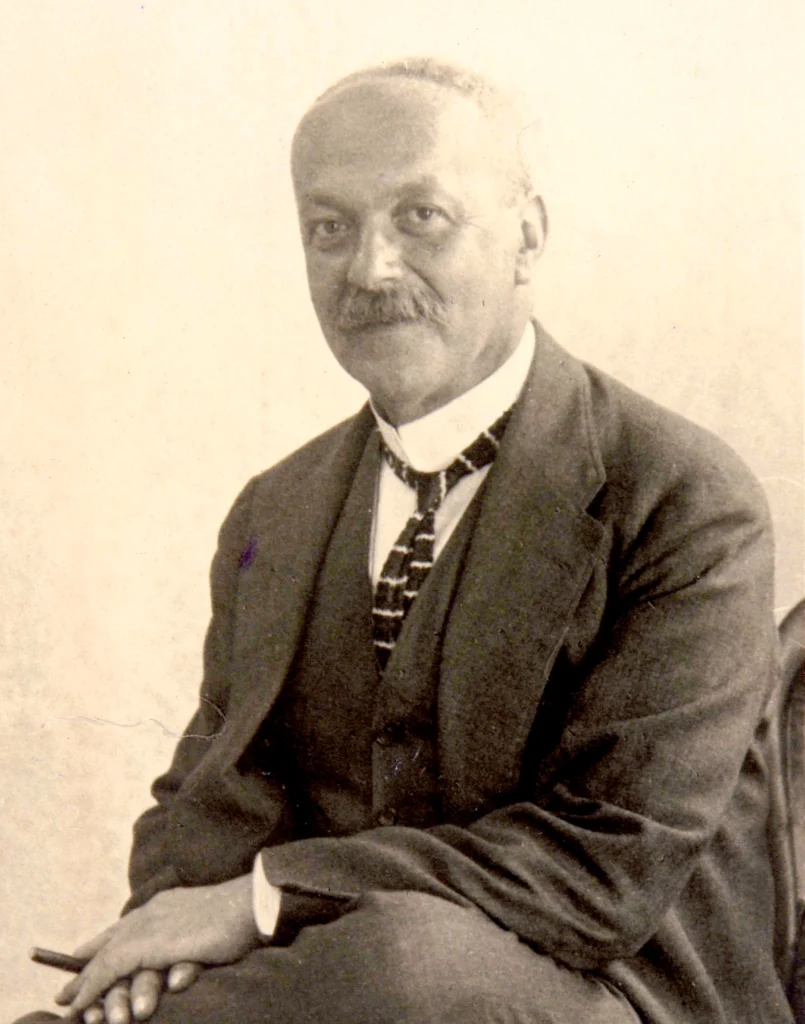
1926
1928
The years of Svevo
It was only in the last two years of his life that, with the support of personalities such as James Joyce, who put him in contact with the most influential French critics in Paris, and of Eugenio Montale who, through the mediation of Bobi Bazlen, became interested in the work of the triestino, that the name of Svevo emerges as that of one of the most revolutionary writers of his era. This success, marked by celebratory events in Florence and Paris, by a new edition of Senilità and by the publication of some short stories, brightened the last part of the life of Italo Svevo who died on 13th September 1928 following a road accident.



